
Wild Brazil Nuts
A delicate and more sustainable alternative to almonds
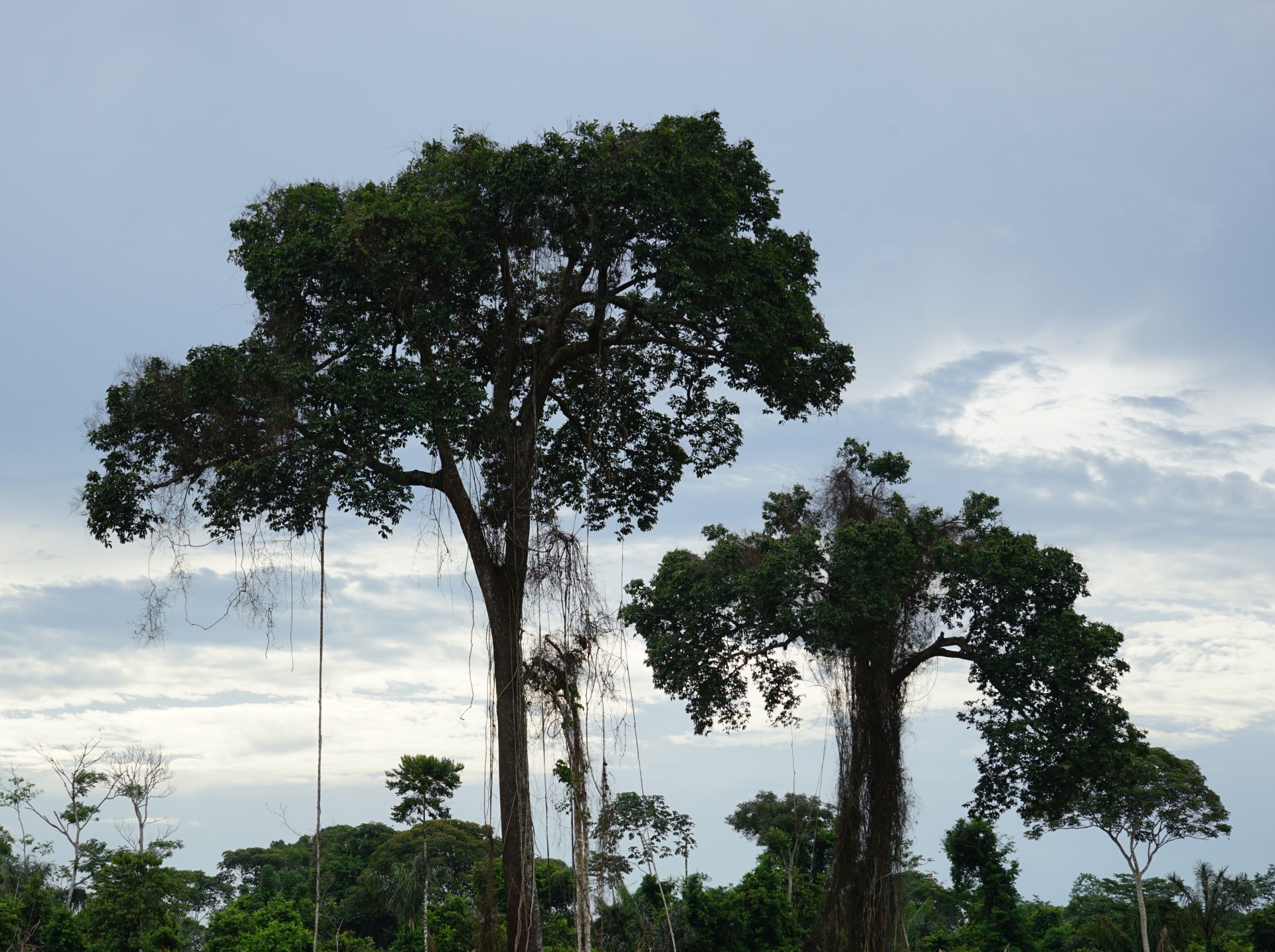

Wild Brazil Nuts have for millions of years been a natural part of the Amazon rainforest in Bolivia.
The Brazil Nuts tree is one of the iconic giants of the forests, with a height of up to 50 meters and an age of up to 800 years.
The nuts may be farmed in plantations, however, food by nature nuts are only sourced from the original and wild trees in the rainforests in Bolivia.
The shelled nuts grow in “containers” with some 14 to 20 nuts in each container. The gatherer opens the containers in the forest and takes out the nuts.
Each nut is inside its own hard shell.
From the forest people´s communities, the nuts are brought to specialized, modern and ISO-certified processing plants in two cities in the outskirts of the forest, where the nuts are being deshelled and quality checked.
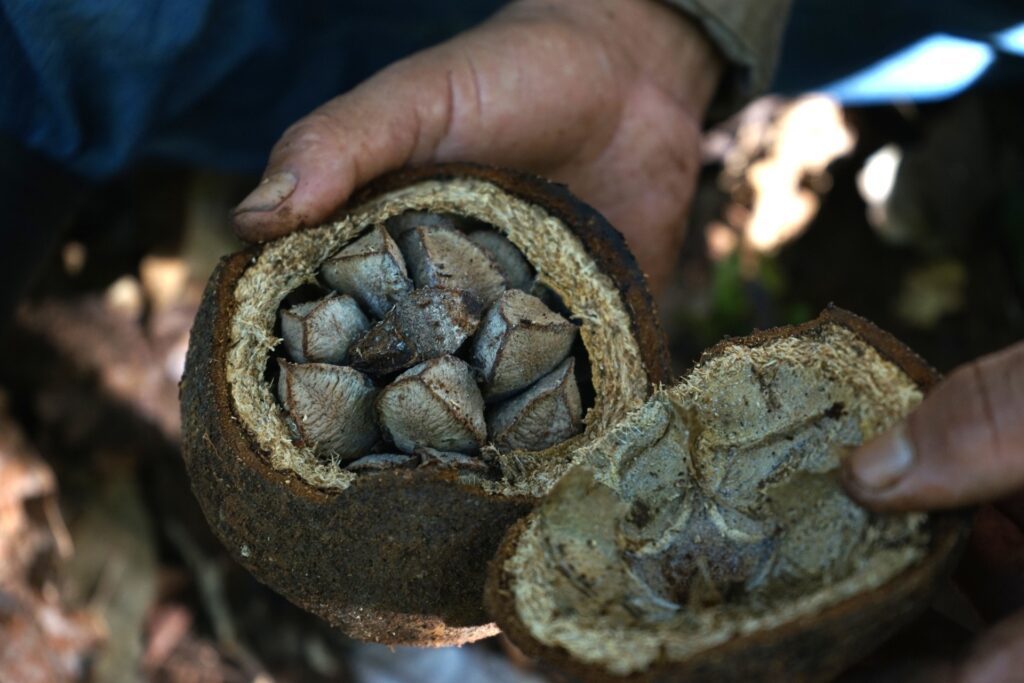

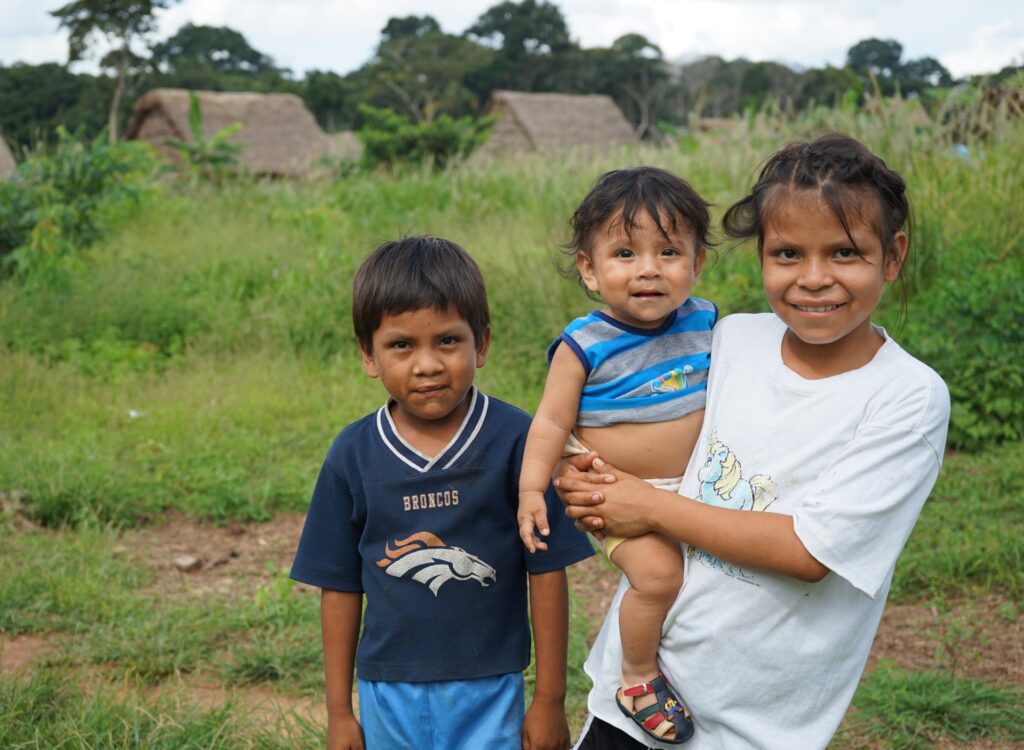

The Wild Brazil Nuts are gathered by the indigenous population of the forests, as they have done it since they first arrived in these parts 15 000 years ago.
The nut is one of the most nutrition-dense foods in the world and was once an important food source for the peoples of the forest.
Today most of the peoples is farming maize and vegetables on small plots in the forest.
However, the nut is still extremely important, as it is the only source of income for the peoples of the forest in many places.
The Brazil Nuts are a more sustainable 1:1 alternative to almonds.
They can be used as a snack, and as an alternative to cookies. In salads, stews, and woks. As an ingredient in cakes and breads.
With a protein content of 16-19% and high contents of saturated fatty acids, Brazil Nuts are an exciting ingredient in meat-reduced dishes, and the nuts are perfect for the lunchbox or for the meal-in-between.
The Brazil Nuts are available as Natural, as a lightly roasted snack, or cane-sugar glazed.
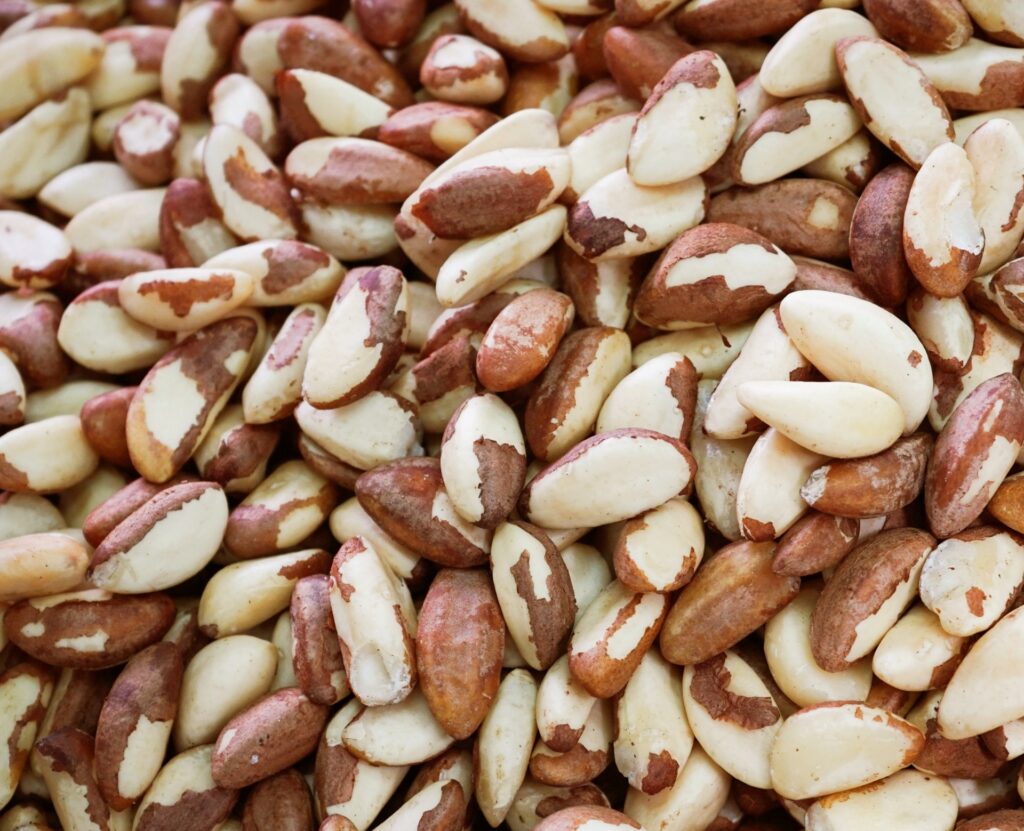

Nature, Biodiversity, and Climate
The Brazil Nut Forest
The Almond Plantations


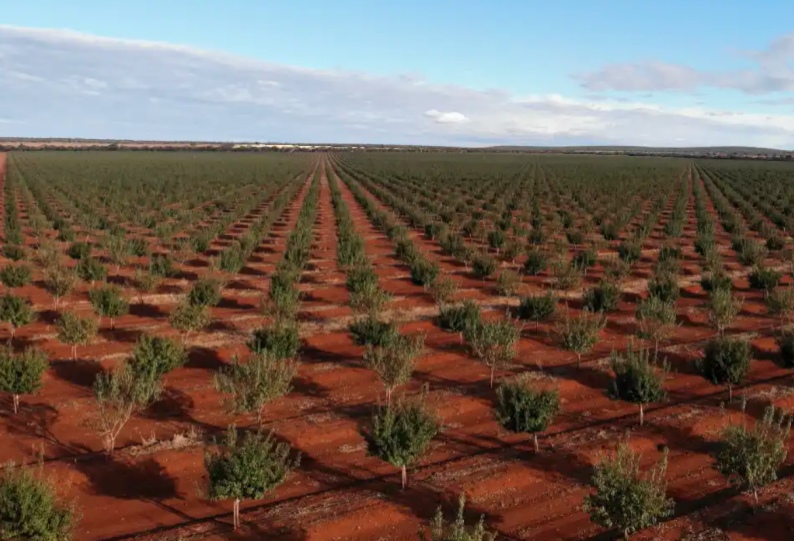

We would like to maintain the forests. They are giant stores of CO2 and home to most of the world ́s biodiversity. We can do that by choosing Brazil Nuts instead of almonds.
Creating plantations demands that trees and bushes must first be cut and burned. Once turned into a plantation, there is no basis for neither biodiversity nor the peoples of the forest.
FAQ
DO you have a life cycle assessment (LCA) for the Brazil Nuts?
Yes, we do. It shows a CO2 emission of less than 1 kg CO2 per kg product.
This is 50-75% lower than the CO2 emission of almonds.
May Brazil Nuts be toxic?
50 years ago there were incidents.
Under the shells of the nuts, fungus may develop.
However, nowadays only nuts without shells are being imported to Northern Europe, and the processing factories in Bolivia, where food by nature nuts are being sourced, are highly modern, and there are ISO-certified processes ensuring that nuts with fungus cannot be exported.
The food authorities in Scandinavia has not reported any cases of toxic Brazil Nuts from Bolivia for the latest 30 years.
I thought that Brazil Nuts cannot be grown in plantations. What is correct?
We understand your confusion, as much scientific literature says or has said so.
Science reached this conclusion back in the 1970´s because only one or a few species of bees were known to be able to pollinate the flowers of the Brazil Nuts tree.
However, this is, so to say, against the principle of the rain forest.
Today, it is known that multiple species of bees can pollinate the flowers of the Brazil Nuts trees, and that large plantations do exist in Brazil.
Will there be any animals missing the nuts that we are eating?
No. The two layers of the shells are very hard, and only humans and the rodent the agouti can get through to the nut. The agouti is not endangered in the Brazil Nuts forest,
and they anyway eat whatever they find at the floor of the rainforest.
Will gathering more nuts reduce the number of trees?
There are no signs of this in Bolivia.
There are a few scientific reports in Brazil indicating that the number of trees may be reduced by 5-8% after intensive gathering for 80 years.
However, the situation is different in Brazil – there the gathering is often done by migrant workers not living in the forest.
In Bolivia the gathering is only done by the indigenous inhabitants of the forest.
They of course know that their continued life in the forest is depending on the nuts.
So the best qualified reply is Yes, this is the case in Brazil,
and No, this is not the case in Bolivia.
